
 An artist’s impression of the new bridge.
An artist’s impression of the new bridge.
Work has begun on Bahrain’s new Manama-Sitra Causeway, which will replace the existing one built in 1970s.
Malaysia’s Gamuda Berhad has been contracted to carry out the peoject. Recent studies concluded that the two marine bridges have insufficient load carrying capacity as a result of the deterioration of the concrete decks. Additionally, the increasing traffic meant that the two lanes in each direction is no longer sufficient to carry the peak traffic loads. Therefore, the Ministry of Works and Housing decided to build a new causeway, said a spokesman for Cowi Almoayed Gulf, the consultant.
The project comprises the realignment of the causeway, widening of the embankments to accommodate dual four lanes, two new marine bridges on the causeway – 200 m and 400 m long – a three-tiered grade-separated interchange at the existing Umm Al Hassam junction at the northern end and preparatory works, enabling future grade separated interchanges at Nabih Saleh at the middle and a grade-separated interchange on Sitra island at the southern end. Traffic forecasts for 20 years from present has formed the basis for the layout of the project, said the official.
“The structures involved are predominantly designed in post-tensioned concrete and should comply with requirements to meet a long design service life and a predicted long period with very low maintenance. Meeting these requirements necessitates a multi-stage durability strategy which has been implemented in the design,” he said.
“Constructability aspects and traffic management are critical issues as traffic must be maintained without major disruptions throughout the construction period. Services and utilities cannot be interrupted during the construction period and the construction works should be undertaken around these vital infrastructural facilities.
“The Umm Al Hassam junction has been a significant engineering challenge. This junction already has more than 6,400 vehicles passing in one hour during the morning peak-hour. Likewise there are numerous utilities crossing the junction such as gas pipelines, electricity high-voltage cable, water mains, sewage pipes and telecommunication cables,” he said.
The construction works are expected to be completed by mid-2009.






.jpg)




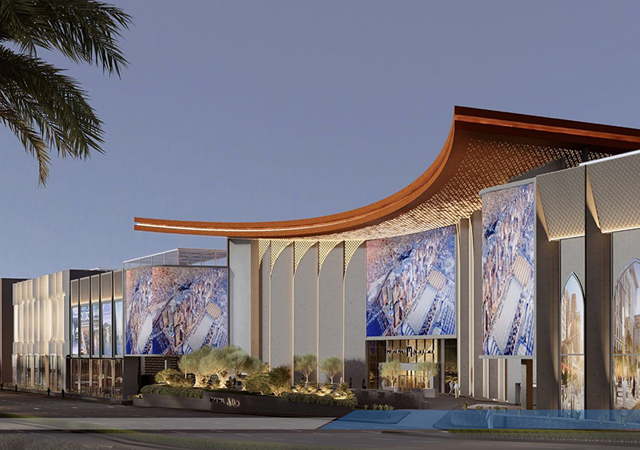
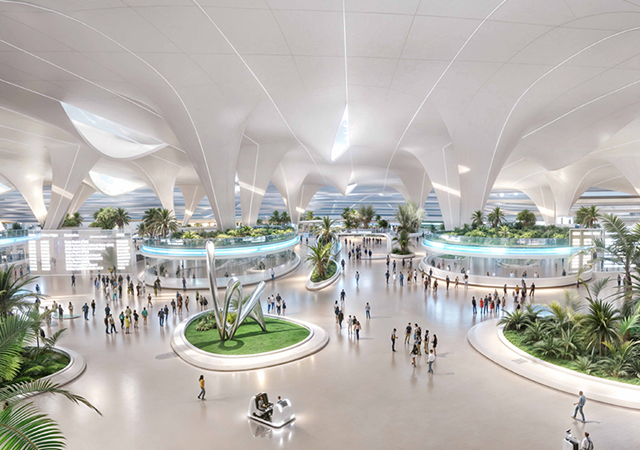
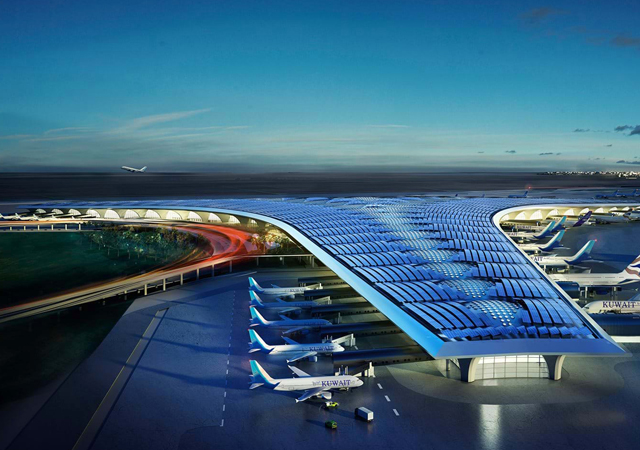
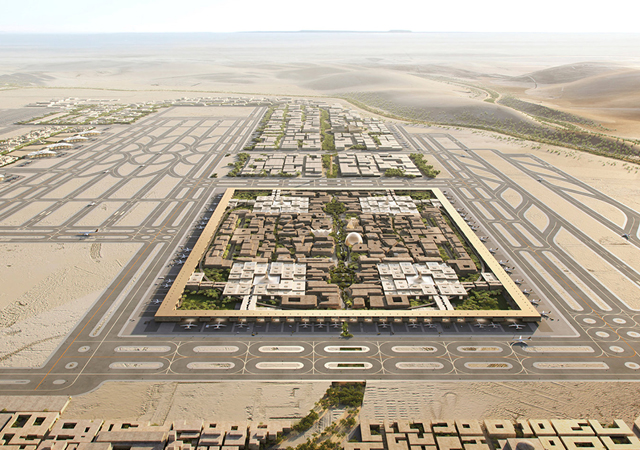
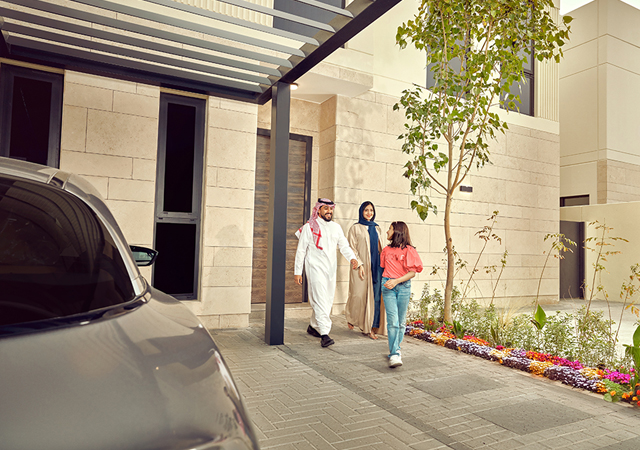
.jpg)
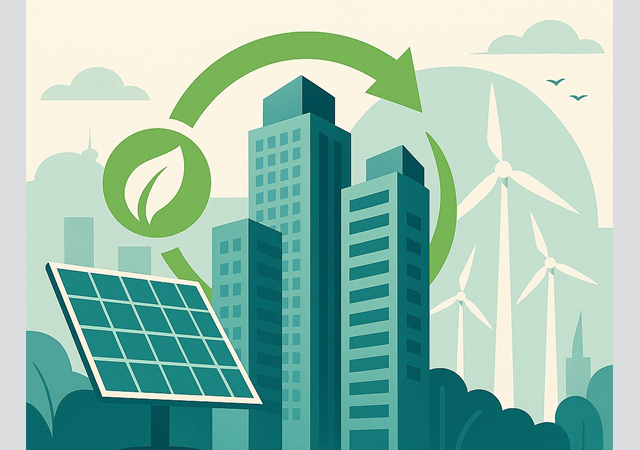
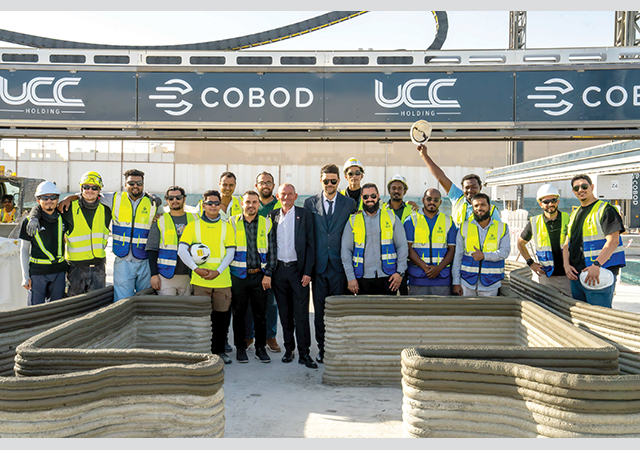
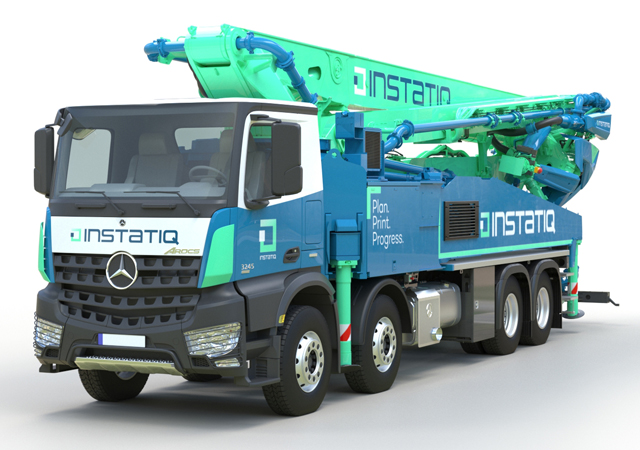

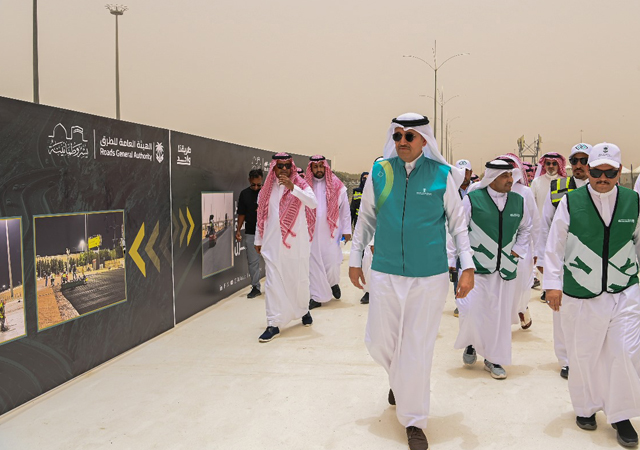
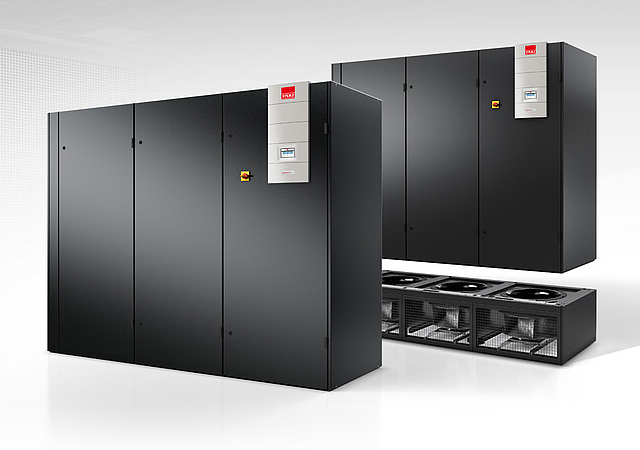
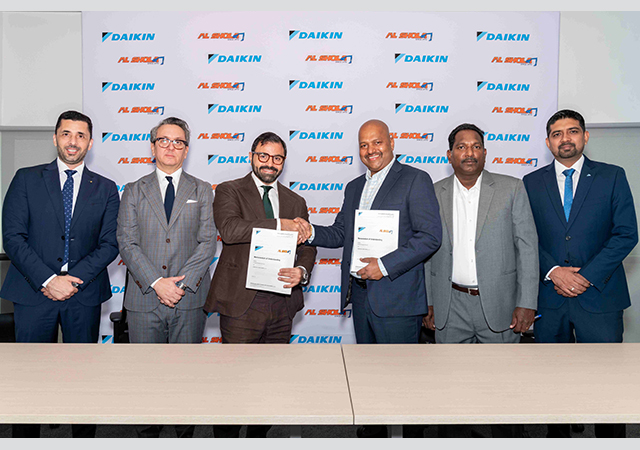

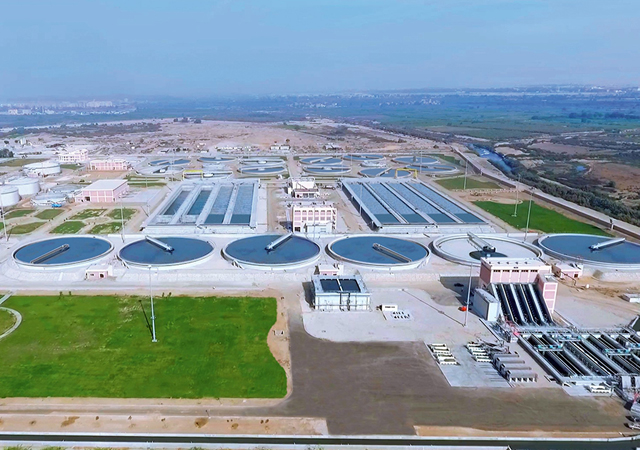

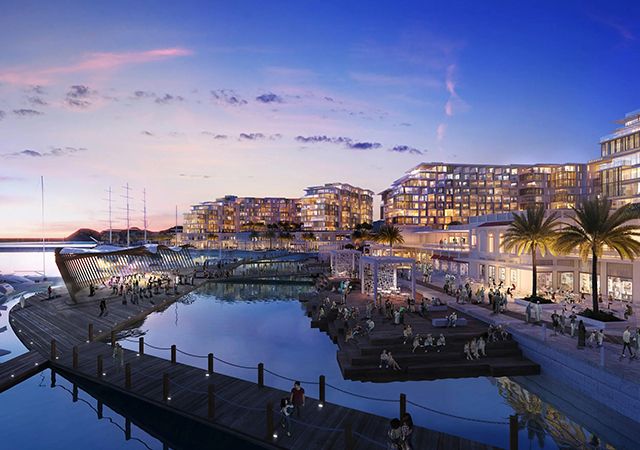

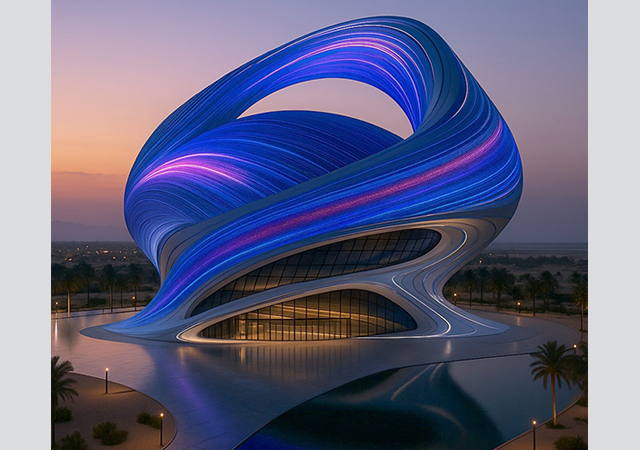
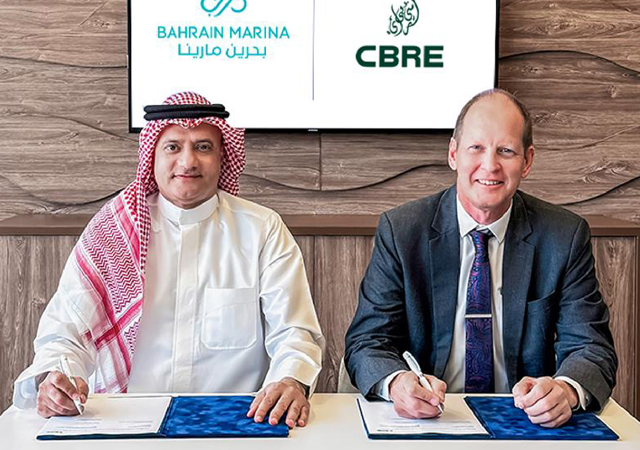
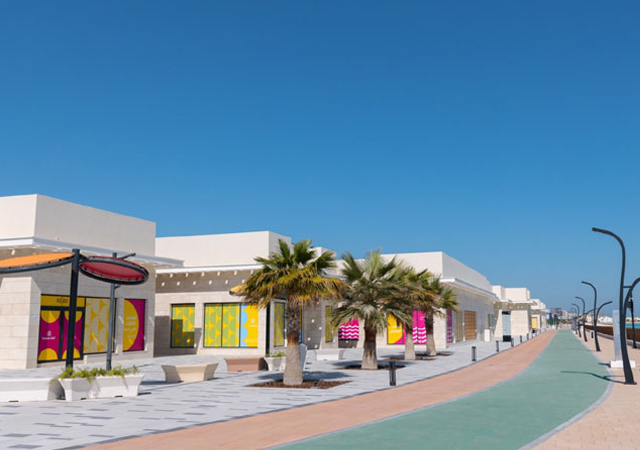
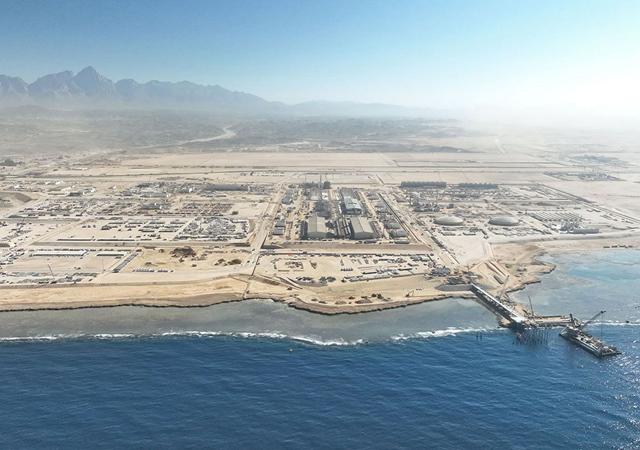
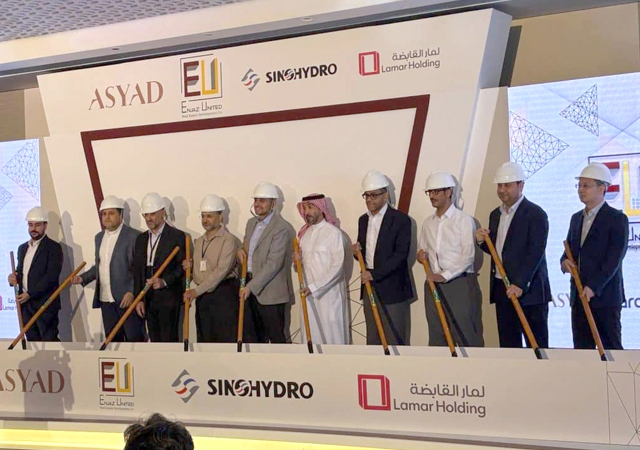
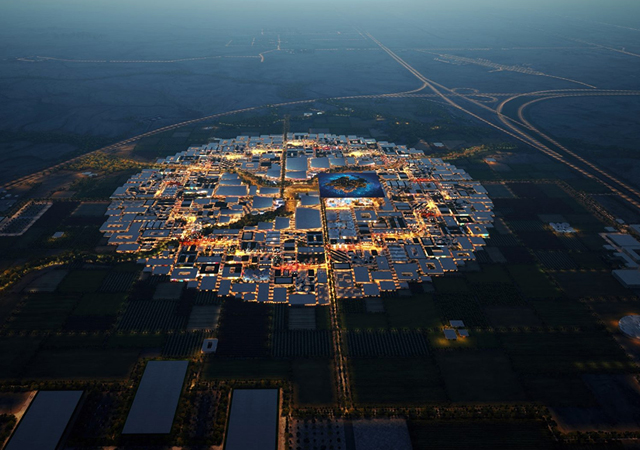
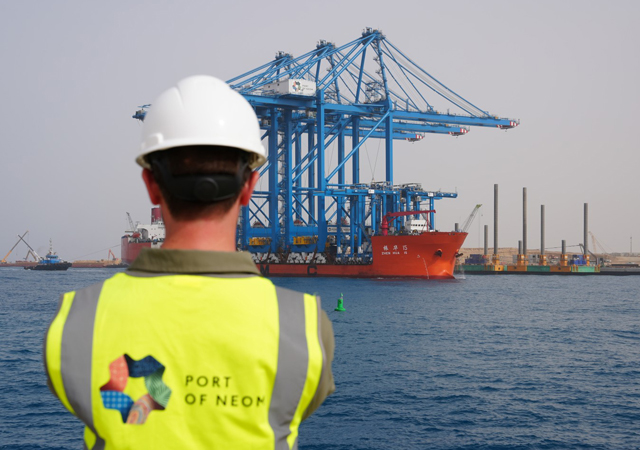
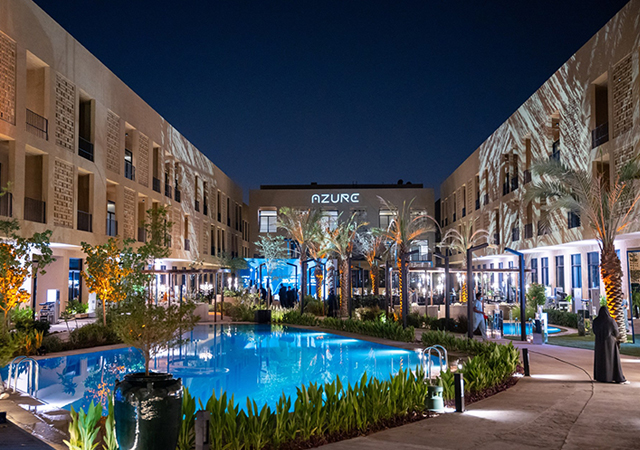
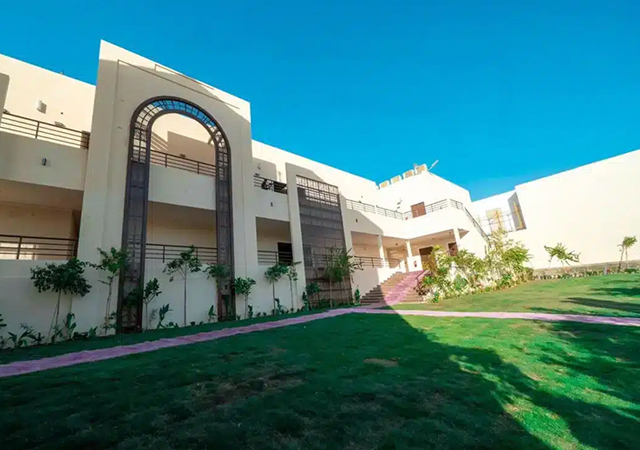

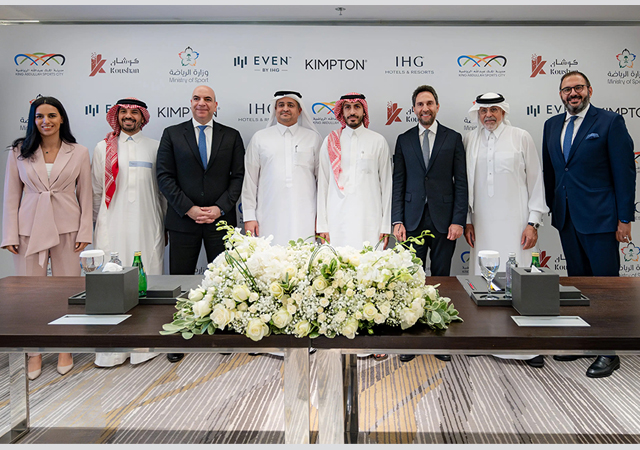
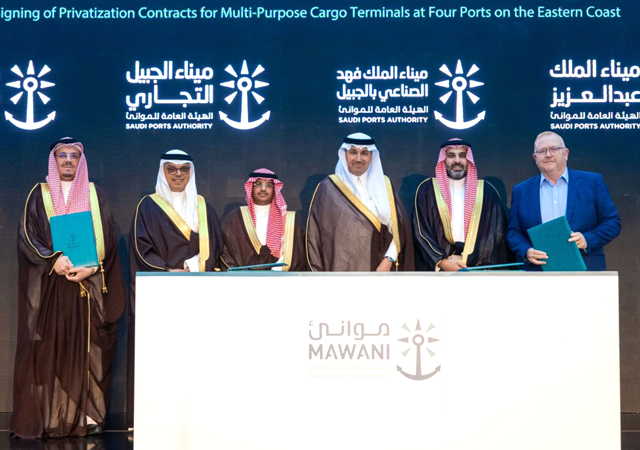
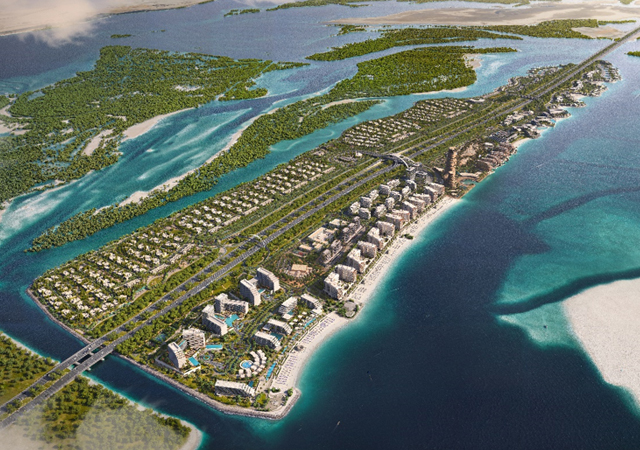
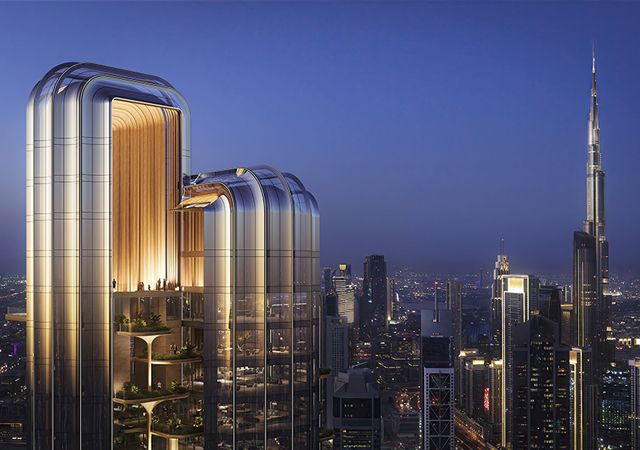
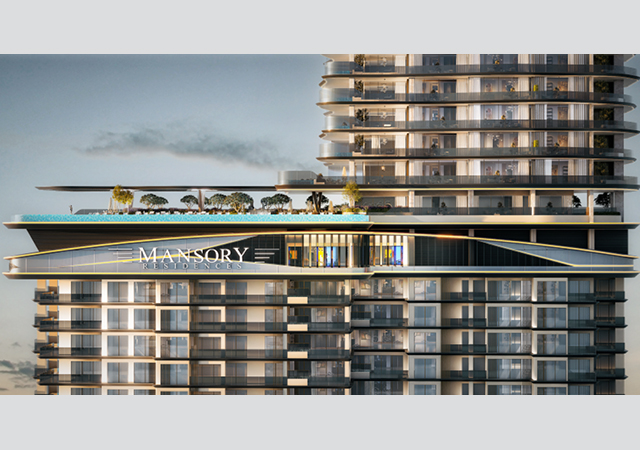
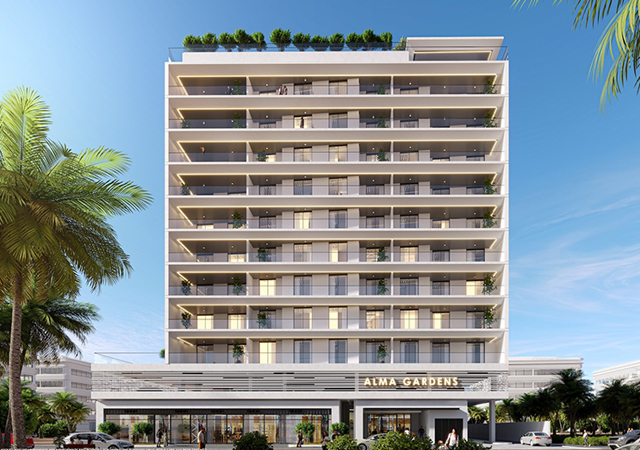

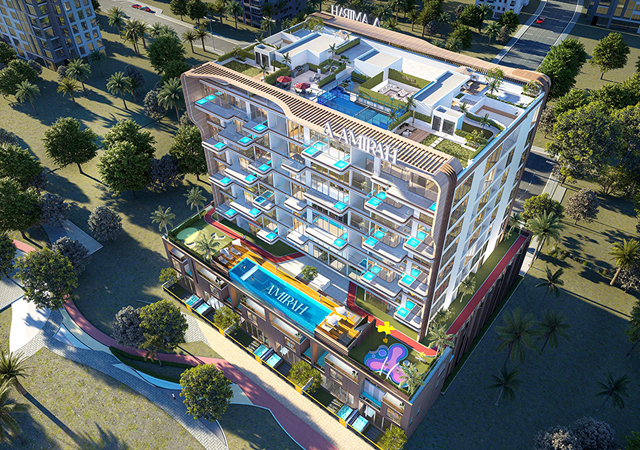
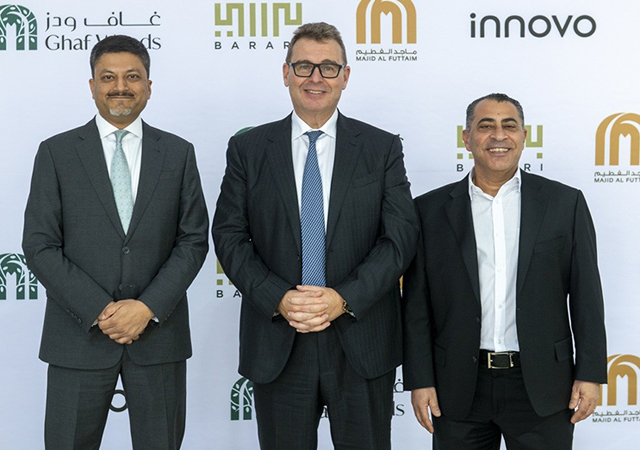
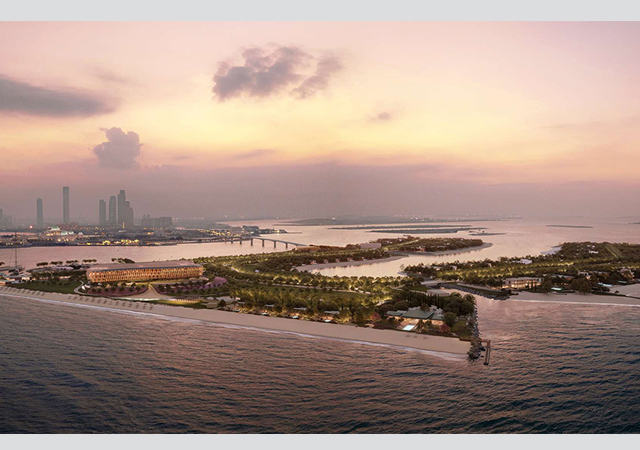
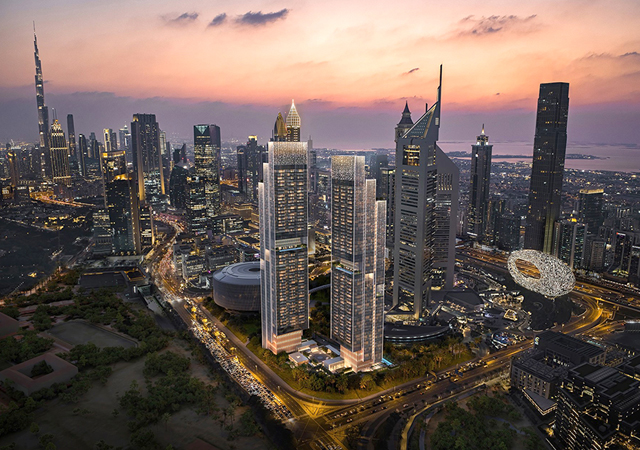
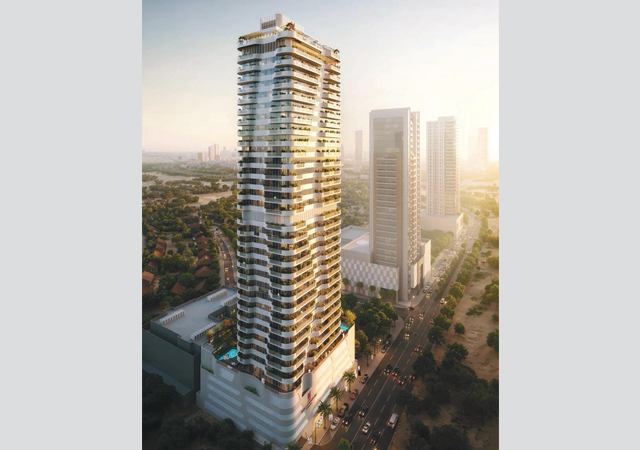
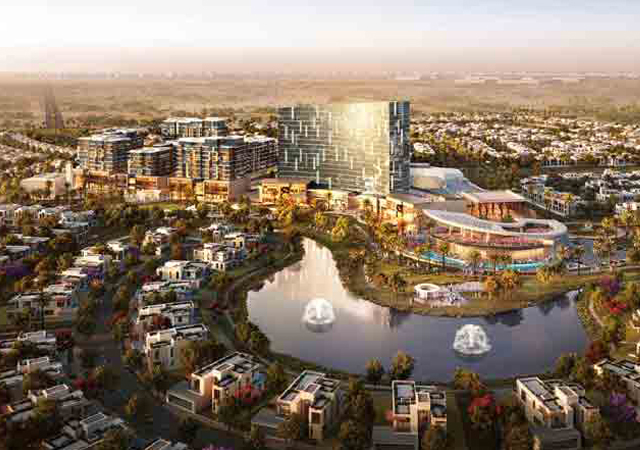
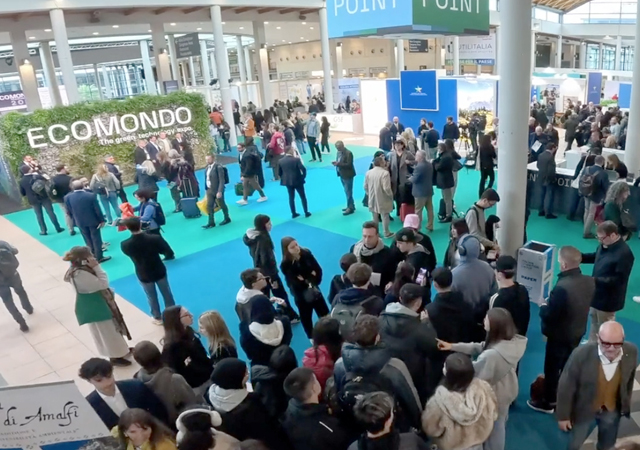
.jpg)




